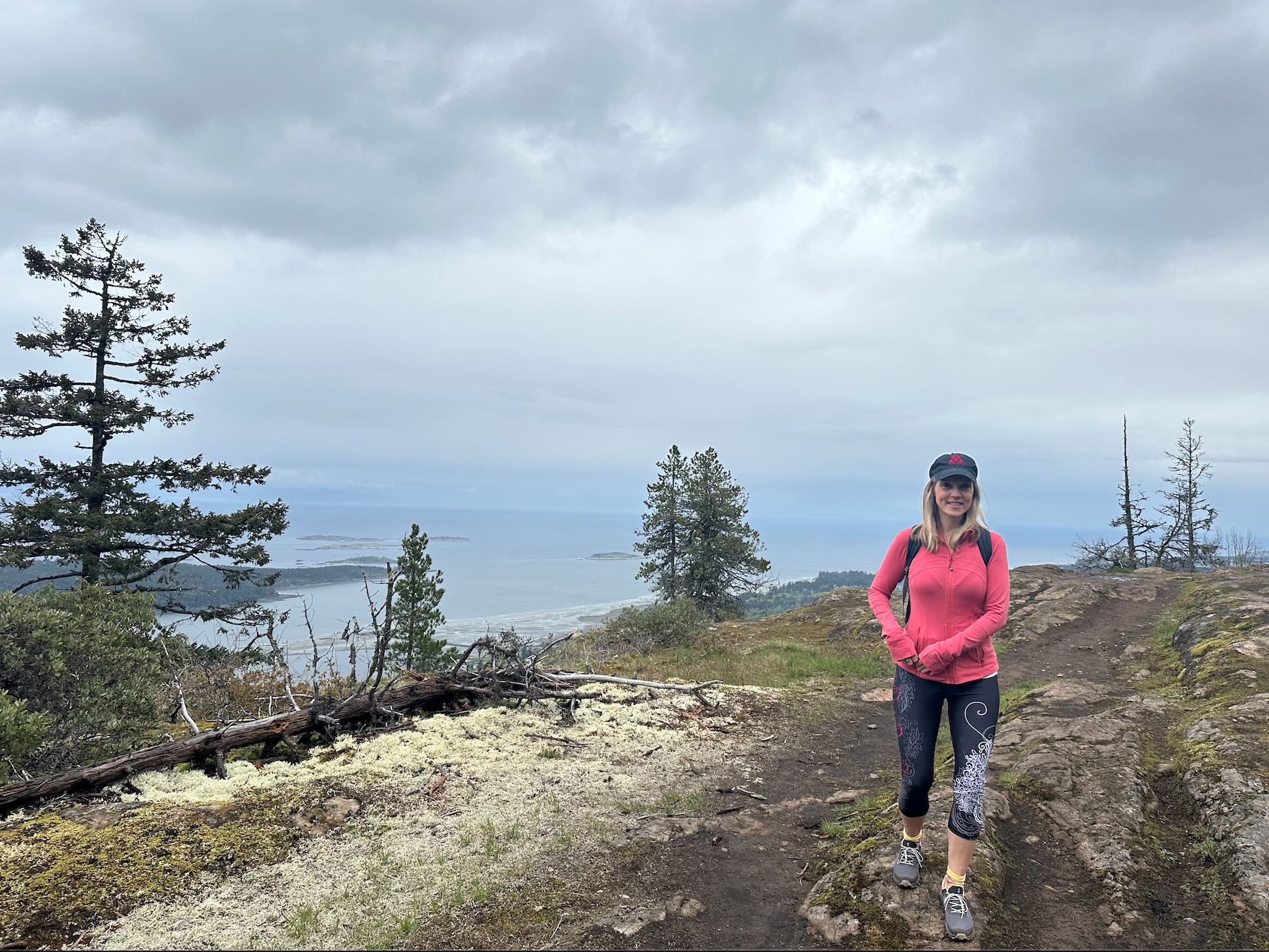
How 2 Indigenous Women Brought me Closer to Home
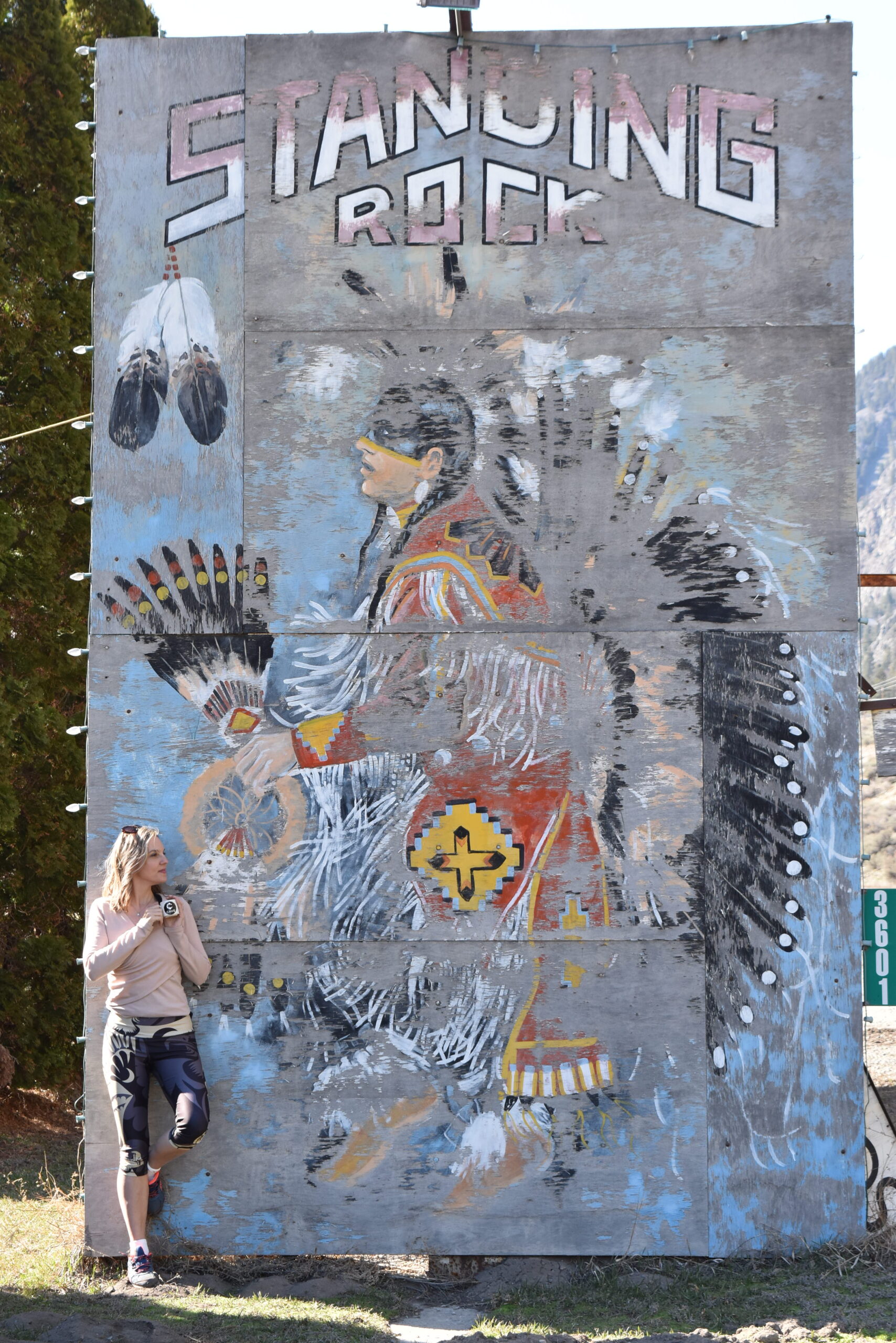
Women serve as spiritual leaders and custodians of traditional knowledge, ensuring the preservation of spiritual practices and cultural heritage.
In a sunlit conference room, in a remote town, on a small island in the Pacific Northwest, adorned with traditional Indigenous artwork, two women, Leila and Aiyana, stood confidently before my team, a group of government officials. Leila, a respected elder known for her wisdom in traditional practices, and Aiyana, a young activist fluent in the struggles of contemporary Indigenous communities, had been invited to facilitate a session on Indigenous culture and its complexities in a post-colonialist world.
Leila began, her voice resonant with years of storytelling and resilience. “We are here to share with you our ways of life, shaped by centuries of connection to this land,” she began, her eyes meeting each of us ‘government officials’ with unwavering strength. “Our cultures have survived attempts at erasure, and today, we bring you our truths.”
Aiyana, poised beside her, continued, “Colonialism has left scars that still shape our realities. We navigate a world where our languages, traditions, and governance structures were systematically undermined. Yet, we persist.”
The room fell silent, we were captivated, as Leila recounted stories of land stewardship, communal decision-making, and the spiritual significance of their practices. She described the deep bond between Indigenous peoples and the land, emphasizing their role as guardians rather than mere inhabitants.
Aiyana spoke passionately about the challenges faced by Indigenous youth, highlighting issues such as educational disparities, mental health struggles, trauma, and the ongoing fight for recognition of treaty rights. “We are not relics of the past,” she declared. “We are here, adapting and asserting our presence in a world that often overlooks our voices.”
As they delved into the complexities of post-colonialism, Leila and Aiyana skillfully navigated the awkward silences and uncomfortable truths with facilitated excercises that made us think deeply. They addressed misconceptions about Indigenous identities, the need for meaningful reconciliation, and the importance of genuine partnership between Indigenous communities and government agencies.
“We ask not for sympathy but for solidarity,” Leila concluded, her gaze steady. “Together, we can forge a future where Indigenous wisdom and modern governance can coexist harmoniously. We are looking for allies and we need your help to use your positions to share this knowledge.”
We listened intently, moved by the strength of their words and the richness of their culture. Leila and Aiyana’s facilitation was not just a presentation but a call to action, a reminder of the resilience and vitality of Indigenous peoples in the face of historical injustices.
As the session concluded, a sense of mutual respect and understanding lingered in the room. The officials, now more aware of the complexities of post-colonialism, pledged to continue the dialogue and work toward meaningful change.
Leila and Aiyana, with their heads held high, left the room knowing they had skillfully navigated the awkward realities of post-colonialism, leaving a lasting impact on all of us who had listened. Their voices, strengthened by centuries of resilience, echoed in the hearts and minds of all who were present, promising a future where Indigenous cultures thrive alongside contemporary challenges, guided by wisdom and shared humanity.
We were all deeply moved and enlightened.
We opened the session and closed the session with a round table, sharing their deepest cultural value of sharing family history and heritage, reminding all of us in the room, immigrants from all parts of the world, the way to create a sense of belonging.
Family heritage holds immense importance for indigenous communities for several reasons:
1. Cultural Identity: Family heritage forms the basis of indigenous cultural identity. It connects individuals to their ancestors, traditions, and values that have been passed down through generations. It provides a sense of belonging and rootedness within the community.
2. Spiritual Connection: Many indigenous cultures believe in a spiritual connection with their ancestors. Family heritage is seen as a link to the spiritual world and a source of guidance, protection, and wisdom from past generations.
3. Preservation of Traditional Knowledge: Indigenous knowledge, including medicinal practices, storytelling, and ecological wisdom, is often transmitted through family heritage. This knowledge is crucial for sustainable living and maintaining traditional practices in harmony with nature.
4. Community Cohesion: Family heritage strengthens bonds within indigenous communities. It fosters solidarity, mutual support, and collective responsibility among family members and the broader community.
5. Cultural Continuity: In the face of historical disruptions such as colonization and forced assimilation, family heritage serves as a resilient force for cultural continuity. It helps preserve languages, ceremonies, and customs that are integral to indigenous identities.
6. Legal and Political Recognition: Recognition of family heritage can be crucial in legal and political contexts. It informs land rights claims, treaty negotiations, and policies that affect indigenous peoples’ rights to self-determination and cultural preservation.
7. Education and Empowerment: Learning about family heritage empowers indigenous youth by instilling pride in their cultural heritage and inspiring them to contribute to their communities’ well-being and resilience.
In essence, family heritage is not just about personal lineage but also about the collective memory, cultural resilience, and empowerment of indigenous communities worldwide.
Matriarchs historically and presently lead resistance efforts against oppression, advocating for Indigenous rights and cultural resilience. Matrilineal societies trace lineage through the maternal line, promoting social cohesion and cultural continuity.
The concept of matriarchy holds significant cultural and social importance in many Indigenous communities worldwide. Here are several key aspects highlighting the importance of matriarchy within Indigenous cultures:
1. Spiritual and Cultural Leadership
– Role of Women as Spiritual Leaders: In many Indigenous societies, women traditionally hold key spiritual roles as healers, shamans, and guardians of traditional knowledge and ceremonies.
– Cultural Transmission: Matriarchs often play a crucial role in passing down oral histories, cultural practices, and traditional ecological knowledge to future generations.
2. Social Organization and Community Structure
– Matrilineal Societies: Some Indigenous societies are matrilineal, where descent and inheritance are traced through the maternal line. This system ensures continuity of lineage and cultural identity.
– Community Decision-Making: Matriarchs often participate in or lead community decision-making processes, contributing to the governance and well-being of the community.
3. Environmental Stewardship
– Connection to the Land: Matriarchal roles often emphasize a deep spiritual and practical connection to the land, promoting sustainable practices and environmental stewardship.
– Harmony with Nature: Indigenous matriarchs frequently advocate for a harmonious relationship with the natural world, fostering respect and reciprocity with all living beings.
4. Cultural Revitalization and Empowerment
– Preservation of Language and Culture: Matriarchs are instrumental in revitalizing and preserving Indigenous languages, cultural traditions, and artistic expressions.
– Empowerment of Women and Youth: Emphasizing matriarchal values promotes gender equity, empowerment of women, and the nurturing of leadership qualities among youth.
5. Resistance and Resilience
– Historical and Contemporary Resistance: Matriarchs have historically led resistance movements against colonialism, oppression, and cultural erasure. Today, they continue to advocate for Indigenous rights, sovereignty, and self-determination.
– Cultural Resilience: Matriarchal leadership fosters cultural resilience, helping communities navigate challenges while maintaining cultural integrity and identity.
History and Stories of Indigenous living on Vancouver Island
Vancouver Island has a rich history of Indigenous peoples dating back thousands of years. The island is home to several Indigenous nations, each with their own distinct cultures, languages, and histories.
Here are some key points and stories about Indigenous life on Vancouver Island:
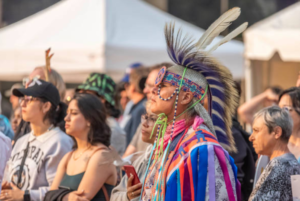 Indigenous Nations
Indigenous Nations
1. Coast Salish Peoples: The southern part of Vancouver Island is traditionally inhabited by Coast Salish peoples, including the Songhees, Esquimalt, and Saanich nations.
2. Nuu-chah-nulth: The west coast of Vancouver Island is home to the Nuu-chah-nulth peoples, known for their intricate art, storytelling, and maritime culture.
3. Kwakwaka’wakw: The northern part of Vancouver Island and adjacent mainland is the traditional territory of the Kwakwaka’wakw (Kwakiutl) peoples, known for their elaborate potlatch ceremonies and skilled craftsmanship.
Traditional Life
– Fishing and Hunting: Indigenous peoples on Vancouver Island historically relied on fishing, particularly salmon, which was abundant in the island’s rivers and coastal waters. They also hunted marine mammals and gathered shellfish and plants.
– Cedar Culture: Cedar trees were of immense cultural and practical importance. They were used to build longhouses, create canoes, weave baskets, and make clothing.
– Potlatch: A potlatch is a ceremonial event among Indigenous peoples of the Pacific Northwest, including those on Vancouver Island. It involves feasting, dancing, and gift-giving, and serves social, economic, and cultural purposes.
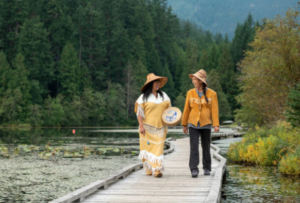 Stories and Legends
Stories and Legends
– Raven and the First Men: Many Indigenous nations on the Pacific Northwest coast have creation stories involving Raven, a trickster figure who plays a central role in bringing light and other elements of civilization to humanity.
– The Wild Woman of the Woods: This legend varies among different Indigenous groups but generally involves a supernatural woman who lives deep in the forest and protects the natural world.
Colonial Impact
– European Contact: The arrival of European explorers and settlers in the late 18th and 19th centuries had profound impacts on Indigenous peoples. Diseases, dispossession of land, and cultural suppression significantly affected their ways of life.
– Resilience and Revitalization: Despite these challenges, Indigenous cultures on Vancouver Island have shown resilience. Today, there are ongoing efforts to revitalize languages, cultural practices, and traditional ecological knowledge.
Contemporary Issues and Culture
– Land and Resource Rights: Indigenous communities on Vancouver Island continue to advocate for their rights to land, resources, and self-governance.
– Art and Culture: Indigenous art, including carvings, paintings, and jewelry, continues to thrive on Vancouver Island, blending traditional motifs with contemporary styles.
Understanding the history and stories of Indigenous peoples on Vancouver Island is crucial for appreciating their deep connection to the land and their ongoing efforts to preserve and celebrate their cultures in the face of historical and ongoing challenges.
In Canada, Indigenous territorial acknowledgements are statements that recognize and respect the traditional territories of Indigenous peoples upon which events, activities, or institutions are taking place. These acknowledgements are a way to honor the Indigenous peoples who have stewarded the lands for generations and continue to have deep connections to their territories. Here’s how Indigenous territorial acknowledgements are typically approached:
Purpose of Territorial Acknowledgements
1. Recognition and Respect: They serve to acknowledge that the land on which an event or institution is located is the traditional territory of specific Indigenous nations or peoples.
2. Reconciliation: They are part of the broader reconciliation process in Canada, aiming to acknowledge past wrongs and build positive relationships between Indigenous and non-Indigenous peoples.
3. Education and Awareness: They educate the public about the history and ongoing presence of Indigenous peoples in the area, promoting awareness of Indigenous cultures, histories, and rights.
Structure of Territorial Acknowledgements
1.Acknowledging Specific Nations: Territorial acknowledgements typically mention the specific Indigenous nations or communities whose traditional territory is being acknowledged. For example, in Vancouver, one might acknowledge the Coast Salish peoples, including the Musqueam, Squamish, and Tsleil-Waututh Nations.
2. Contextual Information: Sometimes additional context is provided, such as mentioning the significance of the land for the Indigenous peoples, their cultural practices, or their historical and ongoing contributions.
3. Respectful Tone: They are delivered in a respectful and sincere manner, often at the beginning of events, gatherings, or speeches, to demonstrate a commitment to reconciliation and respect for Indigenous rights and knowledge.
Examples of Territorial Acknowledgements
– “We acknowledge that this event is taking place on the traditional territory of the [specific Indigenous Nation(s)]. We honor the enduring presence of Indigenous peoples on this land.”
– “We respectfully acknowledge that we are gathering on the traditional territory of the [specific Indigenous Nation(s)]. We recognize their stewardship of this land and their ongoing contributions to our community.”
– “We begin by acknowledging the land on which we gather is the traditional territory of the [specific Indigenous Nation(s)], and we pay our respects to their Elders past and present.”
Importance and Implementation
Territorial acknowledgements are increasingly common in Canada, appearing in public ceremonies, educational institutions, government meetings, and cultural events. They are seen as a small but important step towards reconciliation, promoting awareness of Indigenous histories, cultures, and rights. However, it’s essential that acknowledgements are accompanied by meaningful actions to support Indigenous communities and address the ongoing impacts of colonization.
By recognizing the traditional territories of Indigenous peoples, Canadians aim to foster understanding, respect, and relationships grounded in the principles of reconciliation and mutual respect.
YOU MIGHT ALSO LIKE

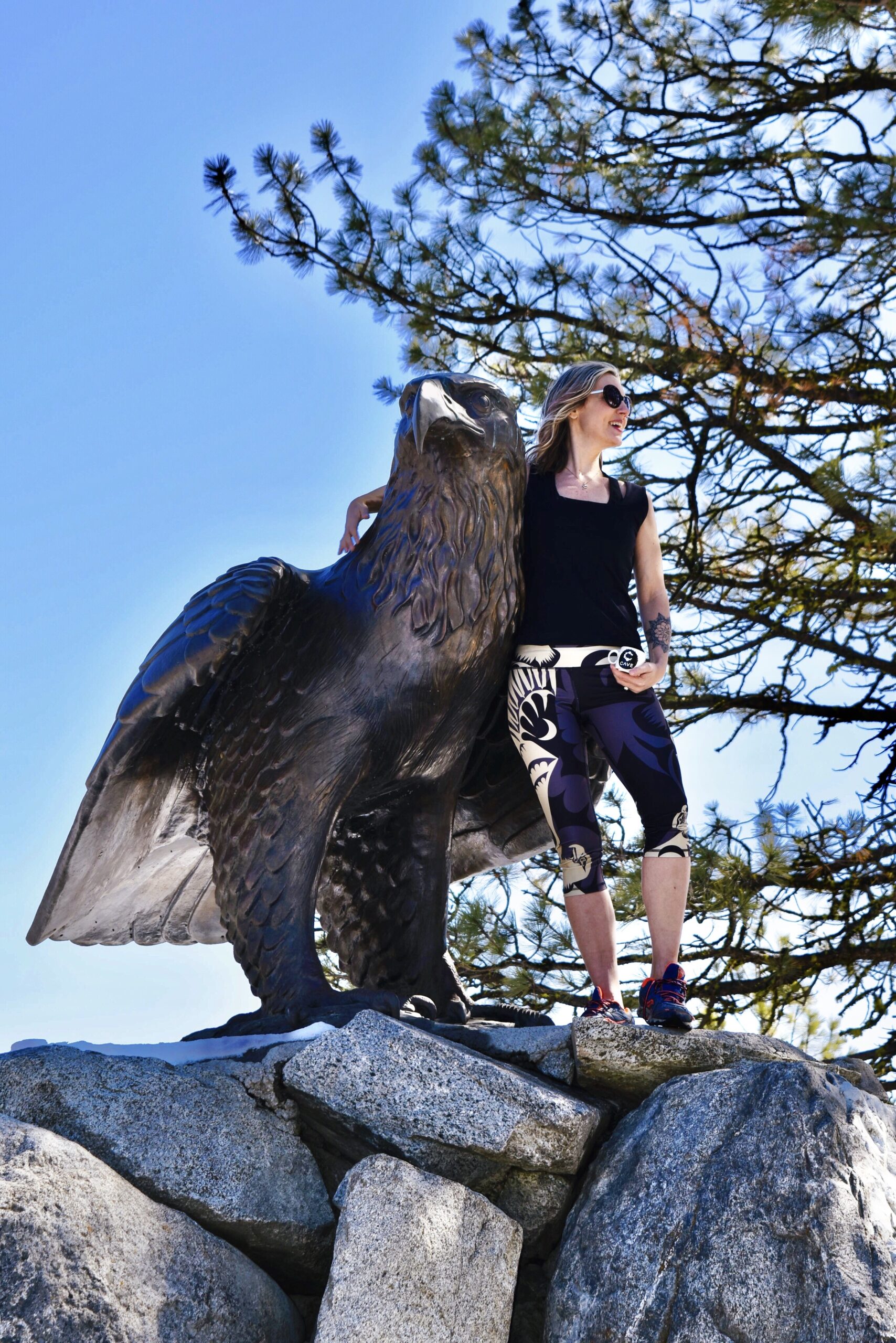
10 Best Locations to Spot Eagles on Vancouver Island

How 2 Indigenous Women Brought me Closer to Home
HELLO!

“Travelling – it leaves you speechless, then turns you into a storyteller.” – Ibn Battuta
Subscribe to my Newsletter


10 Best Locations to Spot Eagles on Vancouver Island

How 2 Indigenous Women Brought me Closer to Home
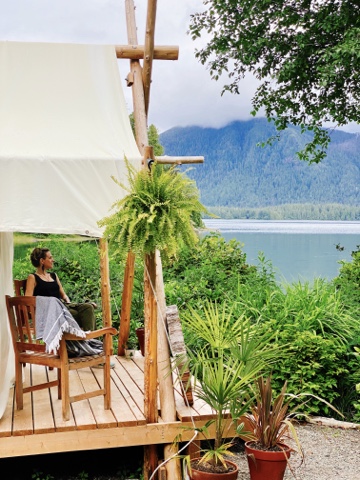
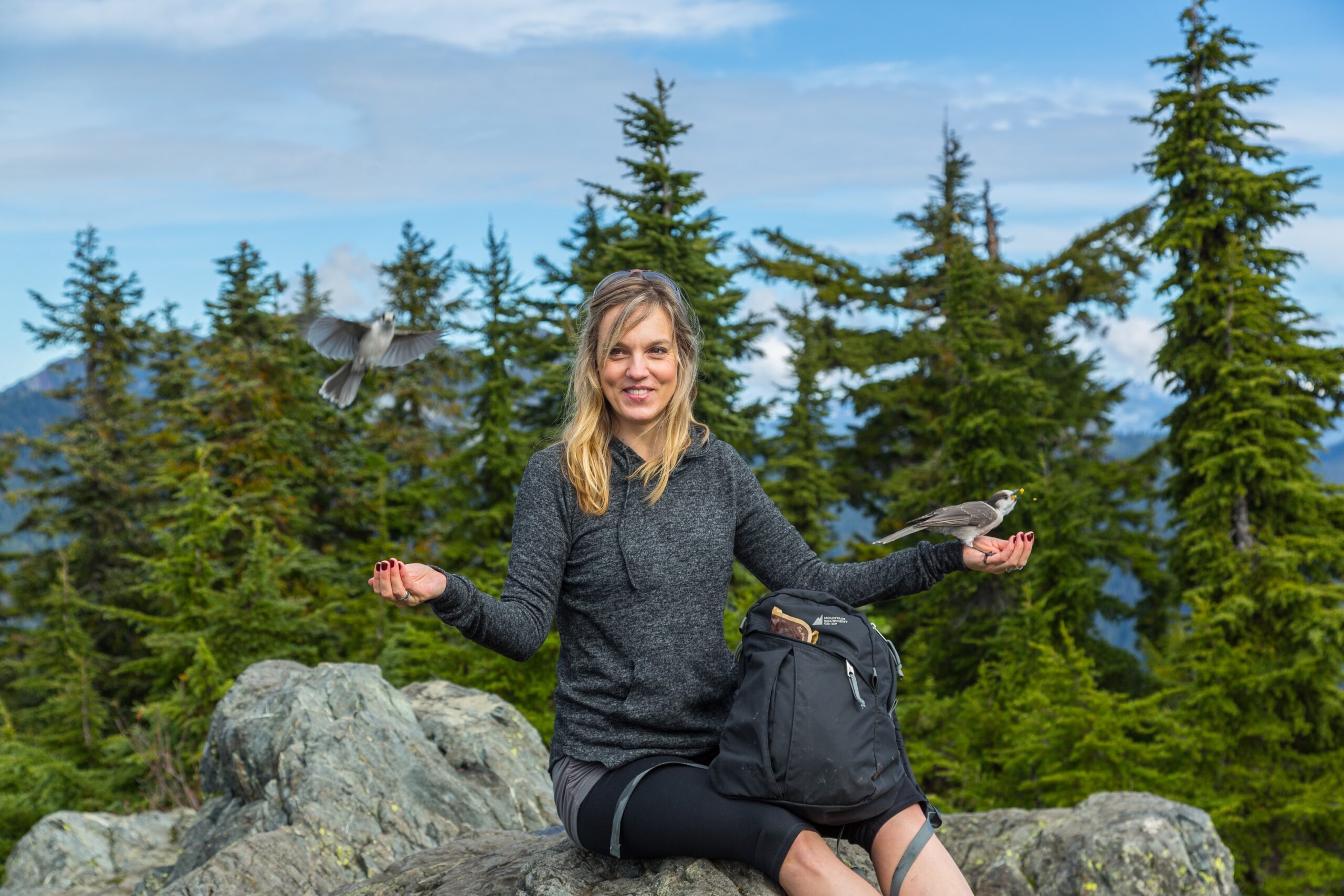
20 Species to See on the Pacific Flyway

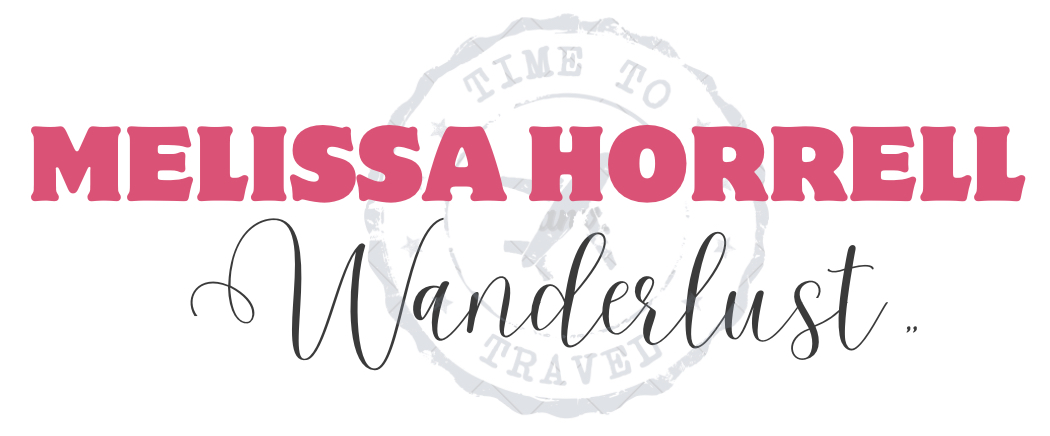




1 thought on “How 2 Indigenous Women Brought me Closer to Home”
A beautiful reminder of how dispersed we all are and how important it is to create a sense of belonging. xx